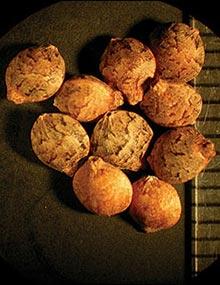

Missouri Weed Seeds, Page 14
Reviewed
Other than hops, Cannabaceae (Mulberry family) includes mulberry, Osage orange and hemp.
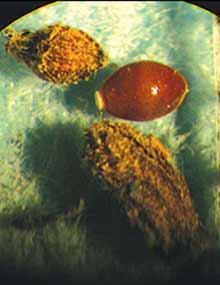
Missouri Weed Seeds, Page 46
Reviewed
Information about the Urticaceae (nettle) family, focusing on Laportea canadensis (wood nettle) and Parietaria pensylvanica (pellitory).
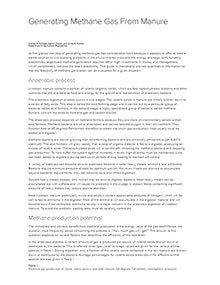
Generating Methane Gas From Manure
Reviewed
Did you know that you can generate methane gas from manure? Visit our site to learn about Generating Methane Gas From Manure.
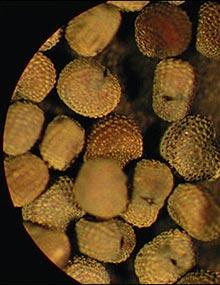
Missouri Weed Seeds, Page 17
Reviewed
At least 14 species of “chickweed” and several species of sleepy catchfly make up the majority of Caryophyllaceae (Pink family) in Missouri.
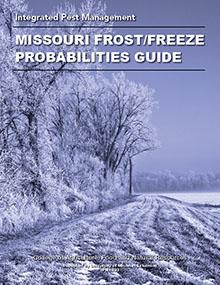
Missouri Frost/Freeze Probabilities Guide
Reviewed
Where in Missouri you live can make a big difference on when to expect your first or last frost. See this guide for probabilities based on past years.
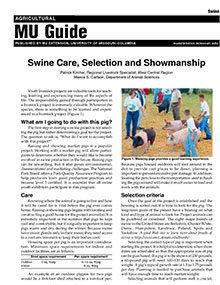
Swine Care, Selection and Showmanship
Reviewed
Guide for youth on swine projects: setting goals, selecting pigs, providing care, ensuring proper nutrition, and mastering showmanship techniques.
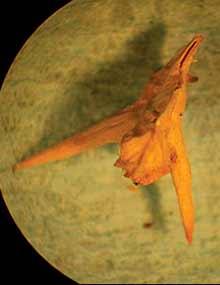
Missouri Weed Seeds, Page 49
Reviewed
information on the Zygophyllaceae (Caltrop family), focusing on puncturevine (Tribulus terrestris), a common species in Missouri.
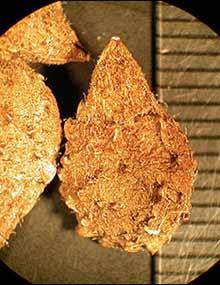
Missouri Weed Seeds, Page 20
Reviewed
Cucurbitaceae (Gourd family): Cucurbits include cultivated plants, such as gourd, squash and cucumber.
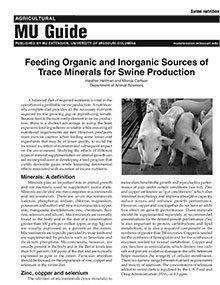
Feeding Organic and Inorganic Sources of Trace Minerals for Swine Production
Reviewed
Explore the benefits of zinc, copper, and selenium in swine diets, comparing organic and inorganic sources to enhance growth and reproductive health.
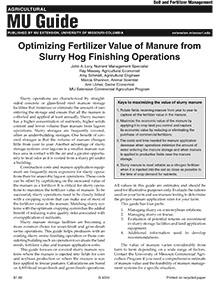
Optimizing Fertilizer Value of Manure from Slurry Hog Finishing Operations
Reviewed
See recommendations for applying manure on corn, soybeans or fescue. Learn how to maximize slurry manure’s value and assess its storage and application cost.
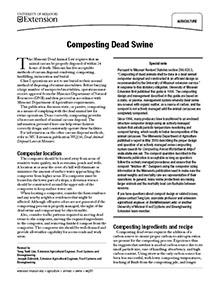
Composting Dead Swine
Reviewed
Composting swine carcasses with organic matter offers a low-effort, biosecure way to meet Missouri's animal mortality disposal requirements.
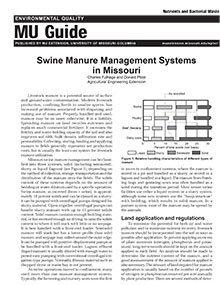
Swine Manure Management Systems in Missouri
Reviewed
Learn about swine manure management systems, methods of application, environmental regulations, and strategies to maximize nutrient use and minimize pollution.
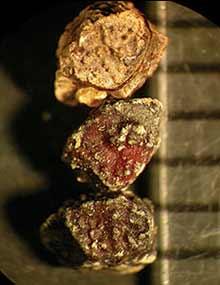
Missouri Weed Seeds, Page 23
Reviewed
Most of the plants from Euphorbiaceae (Spurge family) present in Missouri are spurges, which include about 20 different species.

Evaluating Vitamin Premixes for Swine
Reviewed
Compare swine vitamin premixes by cost, composition, and effectiveness to support balanced, economical feed formulation on your farm.
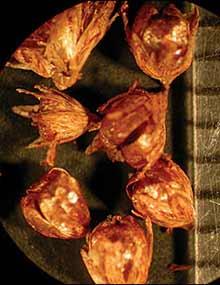
Missouri Weed Seeds, Page 26
Reviewed
More than 20 species of Juncaceae (Rush family) occur in Missouri. Rushes are not true grasses or sedges. Determining individual species of rushes by plant characteristics is nearly impossible.
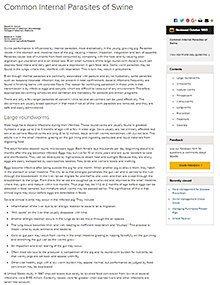
Common Internal Parasites of Swine
Reviewed
Parasites can greatly reduce swine performance. Visit our website to learn about the Common Internal Parasites of Swine.
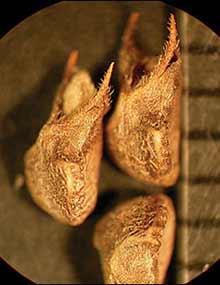
Missouri Weed Seeds, Page 29
Reviewed
Several species of Malvaceae (Mallow family) are among the most common broadleaf weeds in Missouri. These include velvetleaf and prickly sida. Cotton is also a member of this family.
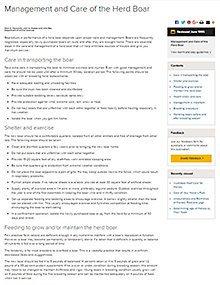
Management and Care of the Herd Boar
Reviewed

Calibrating Manure Spreaders
Reviewed
This guide provides practical steps to accurately calibrate manure spreaders, ensuring efficient nutrient application and environmental compliance.
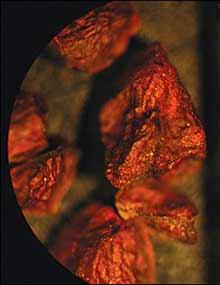
Missouri Weed Seeds, Page 32
Reviewed
Primrose is a common member of Onagraceae (Evening primrose family) with approximately 14 different species present in Missouri.
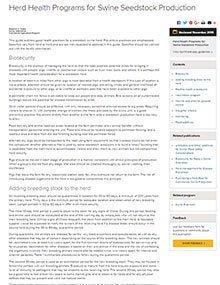
Herd Health Programs for Swine Seedstock Production
Reviewed
This guide outlines good health practices for a seedstock swine herd. Preventive practices are emphasized. Specifics vary from herd to herd and are too individualized to address in this guide. Specifics should be worked out with the herd's veterinarian.
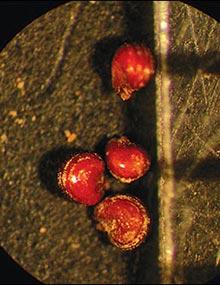
Missouri Weed Seeds, Page 03
Reviewed
Other than carpetweed, only two species of plants in the family Aizoaceae are known to occur in relatively isolated locations in Missouri

Missouri Weed Seeds
Reviewed
Positive identification of pests, including weeds, is the first step in a sound integrated pest management program. This publication can aid in identifying weeds by their seed characteristics.
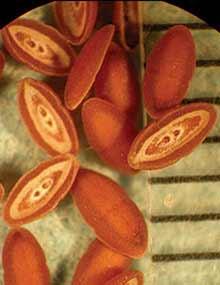
Missouri Weed Seeds, Page 35
Reviewed
Plantaginaceae (Plantain family), known collectively as plantains, has about 11 species in the state.
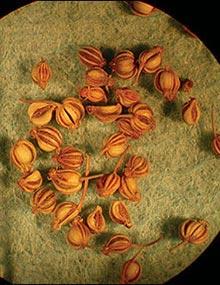
Missouri Weed Seeds, Page 06
Reviewed
Apiaceae (Carron family), also known as the parsley family, is a large family that includes several herbal plants, such as caraway, dill and fennel. It also contains several toxic plants, such as poison hemlock and water hemlock.